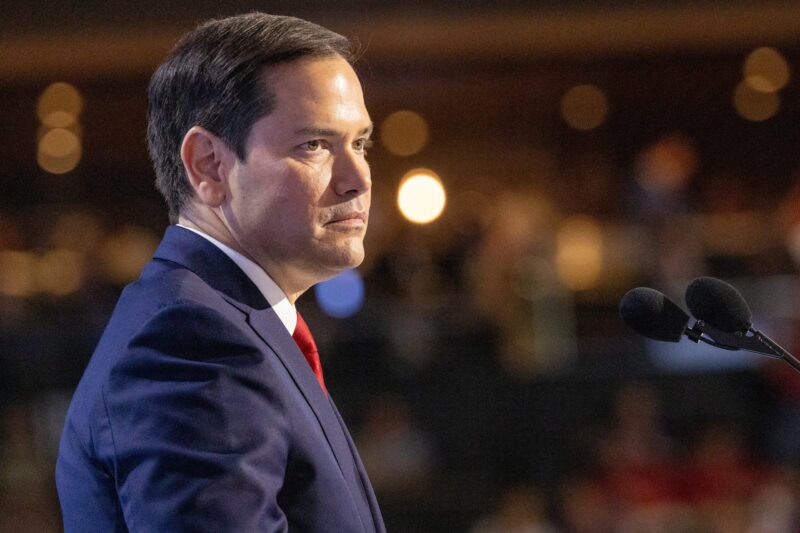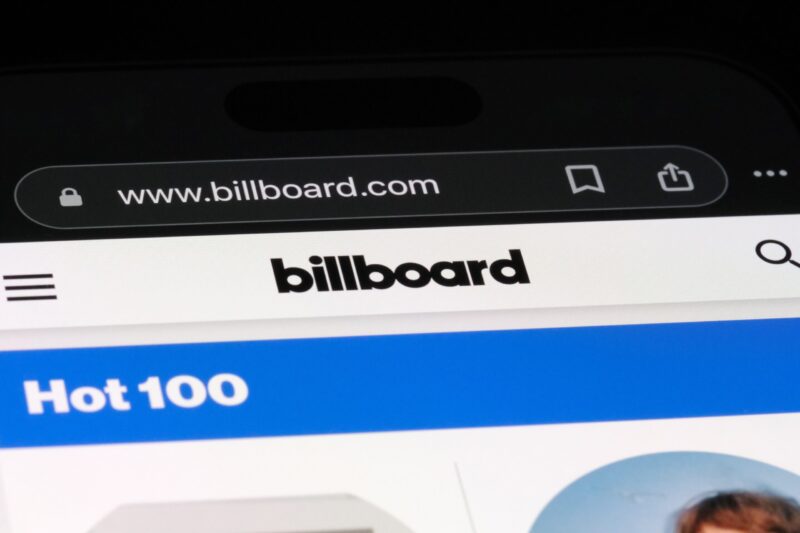Christian music is having a moment like never before. Once seen as niche or confined to church settings, the genre is now breaking through to the wider world. With fresh sounds, social-media savvy, and a new generation of artists, faith-based songs are climbing charts and filling playlists far beyond Sunday mornings.
The New Wave of Faith-Based Artists
Two names stand out in this transformation—Brandon Lake and Forrest Frank. Both artists bring different styles, but together they’re reshaping how people see Christian music.
Brandon Lake has been a leading figure in modern worship for years, known for passionate live performances and heartfelt songwriting. Forrest Frank, a multi-talented singer and producer, has introduced a pop-driven, relatable tone that resonates deeply with younger audiences.
Their success shows that Christian music is no longer limited to traditional radio or church venues. It’s becoming a force in mainstream culture without losing its spiritual roots.
The Power of Social Media
A big part of this new success story is TikTok. After a skateboarding accident left Forrest Frank with fractured vertebrae, he turned to social media to share his recovery and a new song inspired by it. That video went viral, helping him reach millions of new listeners.
This moment showed how platforms like TikTok, YouTube, and Instagram can bridge faith and everyday life. Today, Christian artists meet audiences where they already are—online, on their phones, and in their feeds.
More Stories

Nancy Pelosi’s Stock Profits Raise Serious Questions

Top Trump Officials Move to Fort McNair Amid Rising Threats

Broadband Overhaul: Trump Fixes Biden’s Failed $42.5B Plan
Chart Success and Growing Reach
The results speak for themselves. “For the first time in more than a decade, two Christian-genre songs have appeared simultaneously on the Billboard Hot 100,” The Wall Street Journal reported.
This achievement marks a milestone in Christian music history. Not only are these songs topping faith-based charts, but they’re also reaching mainstream listeners who may not normally tune into Christian radio.
Streaming platforms like Spotify and Apple Music have fueled this expansion, offering personalized playlists that mix genres seamlessly. Now, a listener might find a worship anthem between pop and hip-hop tracks and not skip it.
Why the Sudden Surge?
Several factors explain this wave of popularity.
The sound has evolved. Modern Christian artists blend elements of pop, hip-hop, R&B, and electronic music. The result feels current, not confined to one format.
The message is relatable. Rather than heavy sermons, today’s Christian songs focus on themes like hope, struggle, and healing. That authenticity appeals to younger listeners seeking encouragement in a chaotic world.
There’s the cultural shift toward openness about faith. Many artists aren’t afraid to mention God or gratitude in their lyrics, and audiences are responding.
Artists Who Bridge the Gap
Brandon Lake and Forrest Frank represent two sides of the same coin. Lake brings the fire of worship and community; Frank brings creativity, humor, and everyday storytelling. Together, they demonstrate that Christian artists can stay true to their message while connecting with modern audiences.
Their rise also encourages collaboration across genres. More mainstream musicians are exploring spiritual themes, and more Christian artists are performing at major festivals. This cross-pollination keeps the music fresh and inclusive.
The Impact Beyond Music
The influence of this movement extends beyond streaming numbers. Churches and youth groups are using these modern songs to engage members who grew up on digital culture. Christian creators are producing podcasts, YouTube videos, and short-form content that link faith with creativity.
As Christian music becomes more visible, it’s also helping reshape public perception. It’s no longer just church music. It’s inspiring, accessible, and relevant.
Challenges Along the Way
Still, with success comes tension. Some critics worry that going mainstream could water down the message. Others argue that reaching a wider audience is exactly what Christian artists are meant to do.
The key challenge is balance—keeping the spiritual focus while embracing growth. Many artists, including Lake and Frank, have been open about this journey. They view their work as both ministry and art.
Looking Ahead
The future of Christian music looks brighter than ever. As more artists experiment with new styles and platforms, the audience will only grow. Expect to see more collaborations, viral moments, and songs that blur the line between sacred and mainstream.
The genre is not just experiencing a moment—it’s part of a greater spiritual movement back to Christianity. Christian music is becoming a cultural bridge, connecting faith with everyday experience in ways that resonate far beyond church walls.
The Takeaway
In the end, this isn’t only about chart positions or viral hits. It’s about connection. By blending authentic faith with modern creativity, artists like Brandon Lake and Forrest Frank are proving that Christian music can inspire, uplift, and unite people everywhere.
And as The Wall Street Journal put it, this era marks the first time in more than ten years that multiple Christian songs have broken into the Billboard Hot 100—a powerful sign that the genre has found its place in today’s music world.
Forget the narrative. Reject the script. Share what matters.
At The Modern Memo, we call it like it is — no filter, no apology, no corporate leash.
If you’re tired of being lied to, manipulated, or ignored, amplify the truth.
One share at a time, we dismantle the media machine — with facts, boldness, and zero fear. Stand with us. Speak louder. Because silence helps them win.
Love what you’re reading? Don’t miss a headline!







